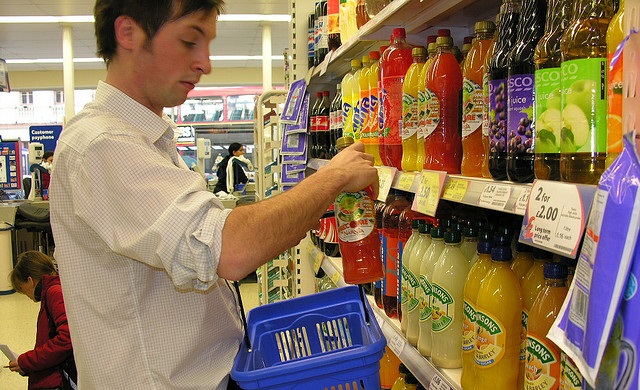Stevia is one of those products that I find fascinating from a disruption perspective. As we become more accepting of the dangers of refined carbohydrates as a staple in our diet, the market is putting tremendous pressure to find a substitute for sugar, in particular, one that has all of the taste we love and eliminates a significant portion of these health costs. Stevia may hold that promise if the right balance of the compounds that create the sweetness – steviol glycosides –can be produced cost effectively. This is why Coca-Cola (NYSE:KO) and PepsiCo (NYSE:PEP) have been pouring millions into stevia research and product research.

The current steviol glycoside that is the main ingredient in what we know commercially as stevia is rebaudioside A, or Reb-A, and it has limited uses as a sweetener on its own. This is why we have seen soft drinks from both Coke and Pepsi use stevia in conjunction with sugar in so-called ‘reduced calorie’ offerings, to mitigate some of the bitterness and aftertaste associated with Reb-A.
But, we know all this. So, what’s changed? What’s important now is that apparently one of Coke’s research efforts with PureCircle has paid off with the isolation of what they are calling Reb-X, which Coke wants to use in a forthcoming version of its flagship product. This has the potential for explosive growth for stevia demand as one of the things holding it back at this point is Reb-A’s poor taste profile in cola formulations.
For Coke and Pepsi both, the ability to bring a zero or near-zero calorie stevia cola to market would help shore up their flagging sales in old-school markets like the U.S. and Europe where unit sales and margins have been flat to negative in recent quarters. PureCircle and Coke have begun GRAS – Generally Regarded as Safe – regulatory approval with the FDA for Reb-X.
But, the big players are not the only ones that are making progress in this area of stevia research. Stevia First Corp. (OTCBB:STVF) is confident that the fermentation process behind its ‘Beyond Reb-A’ program will convert lower value compounds into higher value glycosides like Reb-A, Reb-X and Reb-D, concentrating them in the final leaf extraction product.
Early stages of research have concentrated on producing more Reb-A by altering growing conditions. The latest research by Stevia First and Evolva, whom Coke has an investment in through its joint-venture with Cargill, is now focused on using fermentation to convert the current leftover steviol glycosides, which are undesirable, into the commercially valuable forms.
This type of production process is crucial to being able to fulfill future demand. Stevia’s growth path right now is explosive; but without improved production methods that raise both the quantity and quality control, the current lofty projections of the WHO – 20% of a $58 billion sweetener market – will not be realized.
In addition to its fermentation research, Stevia First is also working on growing the stevia plant in the Central Valley of California, since 90% of current growth occurs in China– and there is a real need to spread the geographic risk associated with a crop this potentially important.
The firm looks to be confident enough of its early returns on its research to begin GRAS registration of its future products by entering into an arrangement with GRAS Associates to guide the firm through the regulatory process. To support all of this, the company recently announced a $1.25 million equity sale at $0.34 per share, which explains the current weakness in price of the stock.
At this point Coke looks to have the upper hand in cutting edge research into stevia with its partnerships and market share of its PureVia product, while Pepsi has been far quieter on the research front. Startups like Stevia First hold promise by filling in the niches that a market with this much growth potential and poor infrastructure currently exhibits.







